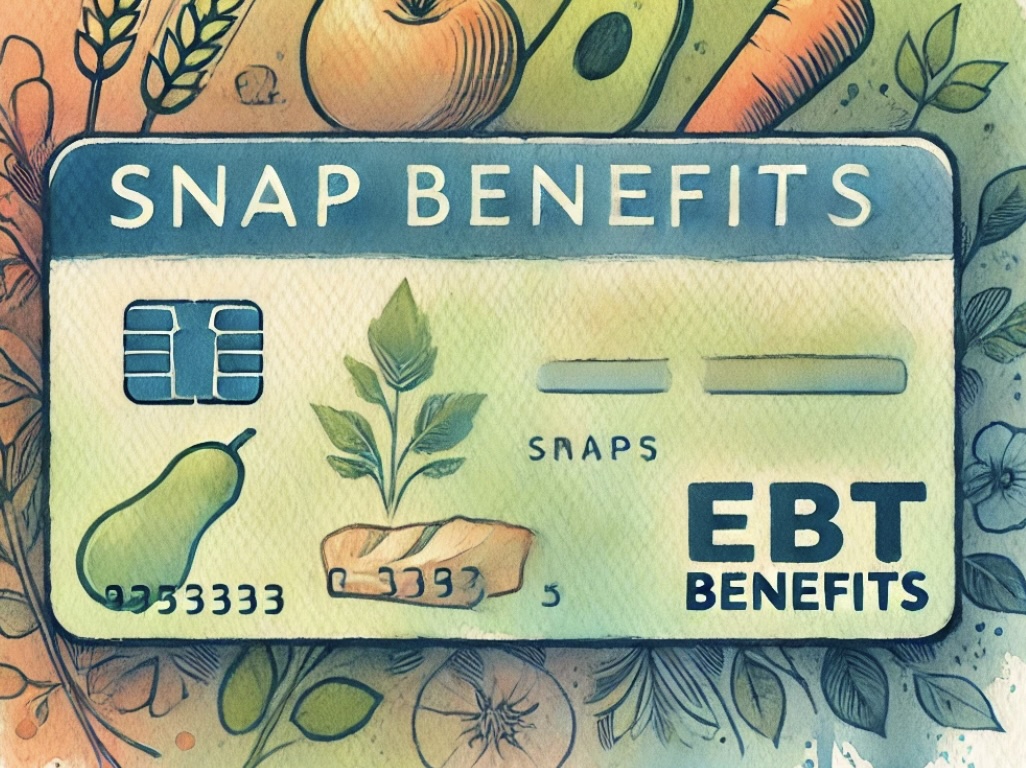
IndigenousNetwork attended this week’s national media briefing hosted by American Community Media (ACOM), which focused on the escalating crisis surrounding the Supplemental Nutrition Assistance Program (SNAP) amid the ongoing government shutdown. Titled “Feeding America’s Children in Crisis,” the briefing brought together public health experts, policy researchers, and community leaders to explain what’s at stake as food benefits for over 40 million Americans are disrupted, and many of them Indigenous, immigrant, and rural families already living in precarious conditions.
Beginning November 1st, SNAP benefits, which are colloquially known as food stamps, were officially suspended by the federal government due to inaction on contingency fund deployment. At the same time, legal challenges from over 25 states, including California, were mounting. According to Jamie Bussel, Senior Program Officer at the Robert Wood Johnson Foundation, the crisis is not about budget constraints, but about political choice. “This is not who we are as a nation,” Bussel said. “These are public health and nutrition programs that work, and they work in powerful ways.”
Bussel has worked extensively to support childhood nutrition and obesity prevention and emphasized the generational consequences of eliminating access to consistent, healthy meals. She pointed out that while SNAP is federally funded and state-administered, the contingency fund meant for emergencies like this one is being withheld. “Families will go hungry,” she said. “Our children, our seniors, our veterans—this is going to touch every corner of the country.” Bussel stressed the interconnectedness of hunger with broader public health outcomes, warning that food insecurity is often followed by spikes in chronic health conditions and school absenteeism.
Joseph Llobrera, Director of Research at the Center on Budget and Policy Priorities and a leading SNAP policy analyst, described the moment as both historically unprecedented and entirely avoidable. “The administration absolutely has the authority to release benefits,” Llobrera said. “Every prior shutdown under both Republican and Democratic administrations has ensured families received their full SNAP benefits. To let this lapse now is to make a choice that will cause avoidable suffering.” He also noted that more than 1 in 7 Californians rely on SNAP, which amounts to over $1 billion in food assistance every month in the state alone.
The implications for Indigenous communities are direct and severe. In many rural and tribal areas, SNAP benefits serve as a nutritional lifeline in food deserts where grocery stores are hours away, prices are inflated, and traditional food systems have been interrupted by land dispossession and resource extraction. These issues are compounded by high rates of child poverty and underfunded tribal health services. With over 70% of Indigenous people in the United States now living in urban areas, many in low-wage employment, the shutdown of SNAP exposes the cracks in how federal benefits are accessed and distributed across Indian Country and the urban Native diaspora.
Gina Plata-Nino, interim SNAP Director at the Food Research and Action Center (FRAC), underscored the human cost of the shutdown, particularly for caregivers. “Children don’t live alone,” she said. “They live with parents who are already working, already stretched. When those parents have to choose between rent, childcare, and food—those are not choices. That’s survival mode.” Plata-Nino has led several food justice campaigns across Massachusetts and emphasized that misinformation and fear are also barriers. Families often hesitate to access benefits due to confusion about eligibility or fear that using public services will endanger their immigration status, even when they qualify.
These fears resonate across many Indigenous and immigrant communities, where legacy mistrust of government institutions runs deep. Eric Valladares, Executive Director of Family Connections in San Mateo County, described how SNAP cuts have already triggered spikes in anxiety and isolation among the families his organization serves. “We’re seeing fewer people showing up to food banks because they’re afraid of being targeted by immigration enforcement,” he said. “They’re afraid to be seen.” Valladares, whose organization provides early childhood support and family mental health services, explained how this economic instability is damaging family systems and worsening educational gaps. “Basic stability comes before anything else,” he added. “When parents are under pressure, it shows up in kids—in how they learn, how they sleep, how they grow.”
This week’s developments unfold against a broader backdrop of political shifts. The reconciliation bill passed earlier this year includes a $187 billion cut to SNAP over the next decade and adds new work requirements, eliminating key exemptions for veterans and caregivers. Many Indigenous families—especially those in informal labor markets or caring for elders—are now at greater risk of being disqualified. Despite the high-stakes impact, few tribal governments were consulted in the shaping of these changes.
As Indigenous and ethnic media outlets work to connect their audiences with accurate, timely information, this moment also highlights how health and nutrition policy is often treated as a domestic issue, separate from Indigenous rights. In reality, food security is deeply linked to land rights, cultural survival, and the structural violence of colonization. For tribal nations and Indigenous-led organizations, the current crisis is part of a longer continuum of broken federal promises, disproportionately borne by Native children.
The briefing closed on a sobering but clear note. “No one in this country should ever go hungry,” Bussel said. “And certainly not because the government refuses to use the funds that are already there.”
As November unfolds, Indigenous communities, from rural, urban, documented, and undocumented, are once again navigating the space between public policy and lived experience. The consequences of this shutdown will be felt in Native homes, Native schools, and Native food systems.
What remains to be seen is whether federal leadership will choose to act before the damage becomes irreversible.
We will be reporting updates to keep you informed.
